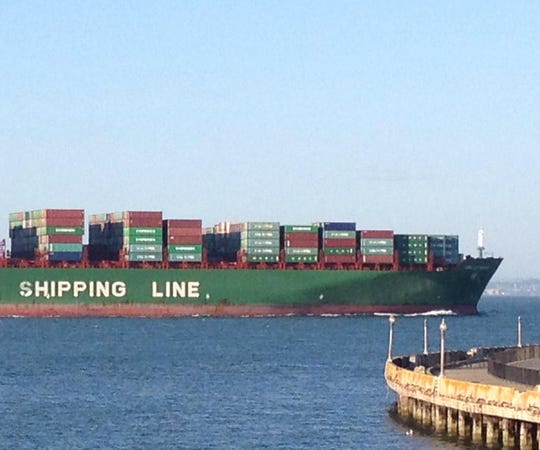Kubernetes and containers are growing up fast, survey shows

Container technology was once the domain of developers. Now, IT operations people are taking control, and Kubernetes is out in front. In addition, spending on containers is up -- one in four enterprises now allocate more than $250,000 a year on these technologies.
These are all signs that containers have entered the mainstream of enterprise IT, the authors of a recent study suggest. The survey of more than 500 IT leaders, released by Diamanti, suggests container technology has "matured dramatically in one year and moved from developer experimentation to production."

The most pronounced sign of the rapid maturation of container technology "is a dramatic shift in who's in the driver's seat," the report states. "In 2018, just 17 percent said that IT operations teams were driving container adoption; a year later that number has jumped to more than 35 percent. IT operations is assuming responsibility for containers from DevOps teams, developers, and application owners in many organizations."
There also has been an increase in investment in container technology in 2019, with 38 percent of organizations spending in excess of $100,000, up from 33 percent in 2018. More than 25 percent are investing more than $250,000.
Multi-cloud and hybrid environments are naturals for containers as well, the survey shows. Containerized applications are now found across multiple environments: on-premises (45 percent), private cloud (29 percent), and public cloud (up to 37 percent). "Enterprises have clearly learned that they can run containers and Kubernetes on premises and in the public cloud; each of the three major public cloud providers support a conformant version of Kubernetes."
Another sign that containers are entering the mainstream are in the use cases being reported, the survey authors state. "Cloud-native apps" and "lightweight stateless apps" are no longer the sole focus of IT teams -- usage has -declined of 21 percent and 14 percent respectively. This suggests enterprises "are now interested in a
broader variety of use cases, some of which clearly don't appear in the list of choices we provided." Rather, the percentage of respondents choosing "other" increased threefold, and the percentage choosing "all of the above" increased modestly. Fifteen percent also chose "big data" as a use case.
The survey's authors also point to a shortage of skills to help with container adoption -- perhaps the ultimate sign that the technology has entered the mainstream. "The number of people reporting that the skills shortage was a major adoption inhibitor jumped from 15 percent to almost 25 percent," the survey finds. Almost 65 percent rate the skills shortage as a moderate or major adoption inhibitor.
The study's authors also talk about containers helping to reduce the "VM tax" when they run on bare metal rather than inside virtual machines. Twenty-one percent now run containers on bare metal. "In many cases, containers are deployed on top of a hypervisor largely because organizations initially lack the tools and processes to run containers on bare-metal servers. This year's survey suggests that enterprises are accelerating the adoption of bare-metal as a way to optimize their container deployments."